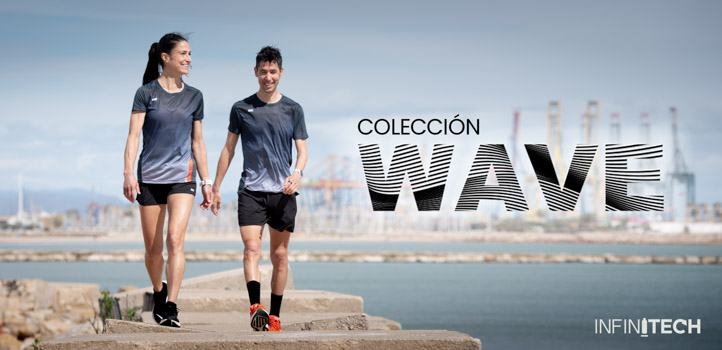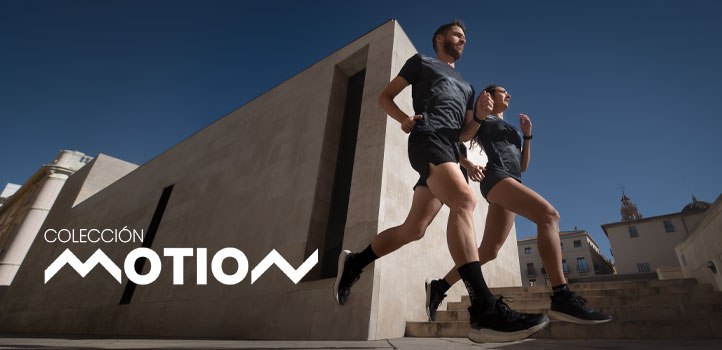Subscribe to our newsletter to find out about all the news and promotions, and automatically receive a welcome discount coupon in your email.
Doubts repeatedly arise as to whether the improvements obtained by modifying postures and types of bicycle are real, or a mere theoretical and / or marketing question. In this very interesting article the EVIDENT BENEFIT provided by AERO bicycles is demonstrated in terms of the highest speed obtained for equal effort. Later it is shown that in the 180 kms of an IronMan, a triathlete with a conventional bike and a normal helmet, will take half an hour more in completing the route than a triathlete who uses "goat", drop helmet and maintain correct posture.
- Field tests conducted on a speedway track (4600m) carefully monitoring environmental conditions and using an SRM power meter
- Measurements in the A2 low speed wind tunnel in North Carolina.

CdA(track)=0.310m^2
Cda (tunnel) = 0.3019m ^ 2

CdA(track)=0.267m^2
Cda (tunnel) = 0.2662m ^ 2

CdA(track)=0.256m^2
Cda (tunnel) = 0.2547m ^ 2
Case 4: Time trial bike with extension and aero helmet (Transition TT2 Helmet Aerobars)

CdA(track)=0.230m^2
Cda (tunnel) = 0.2323m ^ 2
In principle, it can be seen that the aerodynamic coefficients obtained by both methods are very similar and that the decrease is significant, but how significant?
To analyze the impact we can see how much power is reduced to maintain a given speed (40km/h) in uniform conditions: flat circuit, at sea level, no wind, density of aire 1.226kg/m^3, the wheels are the same in all cases (we assume a rolling resistance coefficient of 0.004) and the total mass of the rider plus equipment is 83kg.
The Pot.Aero column is the power necessary to overcome the aerodynamic resistance at 40km / h and Pot.Rod the power necessary to overcome the rolling resistance, total is the sum of both:

We find that the change in position associated with the addition of the extension (case 2) causes the greatest decrease: 30 watts, the addition of the aero helmet an additional 10 watts and the change to a time trial configuration another 20 watts, for a total of approx. 60watts.
What does this mean ?
simple, you can maintain the same speed with less effort.
How much smaller?
Much lower, of the order of 20% difference between the first case and the last.
Let's see it another way, suppose we keep the effort (power) constant and analyze how much faster we can go when the aerodynamic resistance decreases:

We can see that the difference is significant at 40km: more than 2' due to the change in position, almost 1' due to the incorporation of the aero helmet and 1'30" more due to the change to an aero frame, the total difference reaches almost 5'.
In the case of an Ironman, the difference at equal effort between position 1 and position 4 would exceed 20 minutes.
These values are reasonable for a very good level triathlete (functional threshold above 300 watts), what happens in the case of a triathlete with a more modest performance, does he also benefit?
The following calculations are made for 230watts (functional threshold of the order of 250watts)
 We see that the differences are of the same order, even somewhat higher, that is, contrary to popular belief, aerodynamic equipment benefits triathletes of all levels.
We see that the differences are of the same order, even somewhat higher, that is, contrary to popular belief, aerodynamic equipment benefits triathletes of all levels.
It seems a lot, is it a marketing issue? For the latter case I have my own data (not validated in a wind tunnel) that are consistent with this analysis, in my own case training sessions carried out with a Trek 5500 road bike and a Cervelo P3c, using the same wheels with a PowerTap power meter. , give differences of this order.
What happens if there is wind: the race will be slower and the differences are even greater, if the wind is cross the differences are amplified because the aerodynamic equipment -if it is correctly designed- behaves better in crosswinds.
In this analysis we are not considering the effect of the wheels, a more aerodynamic wheelset would allow an additional reduction of another 10 watts or so.
In particular in long distance triathlons these differences become very significant: 5min / 40k become more than 10 'in 90km and more than 20' in 180km ...
Should we conclude that "the arrow is more important than the Indian"?
In no way, the important thing is to understand that these are two independent planes: if we improve our ability to generate power (engine) we will go faster, if we reduce aerodynamic resistance, too.
They are not incompatible proposals but complementary.
If the budget is limited, as is almost always the case, it is important to understand the relative contributions of the different components to optimize the return / investment ratio.
Other entries that they may interest you.
42K · All rights reserved


Comments
Post a first comment for this entry!